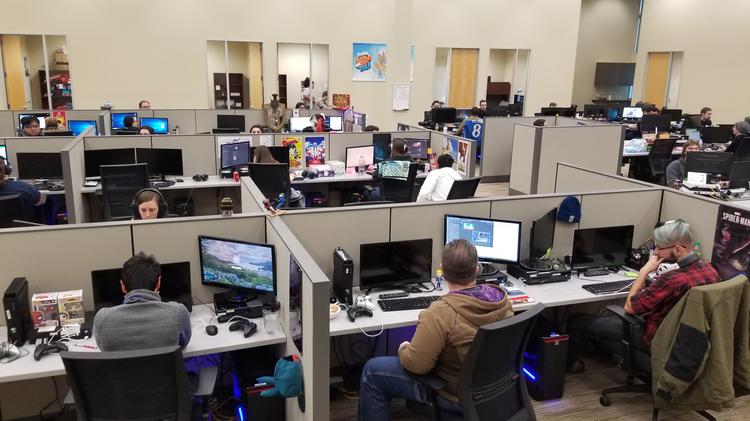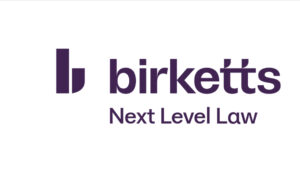The essential IT equipment for a corporate office

In the modern age, it’s unlikely a corporate business will be able to function efficiently and effectively without a sound IT infrastructure.
Computers and devices are essential to keep teams in contact and workflows moving forward on a day-to-day basis.
To make sure you don’t miss anything, we’ve pulled together a list of the crucial equipment that every business needs.
PCs and laptops
Gone are the days of walled cubicles with one or two desktop workstations inside. Open-plan rooms with clear views of colleagues is now the preferred approach as it encourages communication and collaboration.
To enhance that further, many offices have done away with bulky desktops and pre-defined seats. Hot-desking has taken over, with workers simply setting up for the day wherever is free – though often still close to colleagues in their specific team.
Many companies now supply every worker with a laptop. With the proportion of people planning to spend much of their time working from home on the increase, a laptop plays into that flexibility.
Monitors
To make life even easier with the hot-desking approach, providing monitors at desks enables workers to hook up to them and operate more efficiently.
Whether you supply a single monitor or two with every seat, employees will be able to work quicker when they can spread tools and browsers across more than a single laptop screen.
Peripheral devices
It’s inevitable with a hybrid working model that people will sometimes forget a useful piece of equipment, be it their mouse, keyboard or headset.
As well as assigning specific peripheral devices to workers, it’s worth keeping a bank of them available for use in the office.
Printers still have their place in an increasingly paperless world too, while videoconferencing systems are important when meeting with employees who may be working remotely.
Cables and connectors
Just like with peripheral devices, it’s handy to have a variety of cables available for people to use.
The most important will be HDMI and USB cables, which come in a range of different varieties and suit different types of devices.
There’s been significant development in USB types and protocols over recent years, so make sure you take time to figure out which ones you’ll need the most.
Wi-Fi
A strong internet connection is essential in an office. With all employees likely to be connected at the same time, a reputable corporate provider will need to be sought.
In larger facilities, you may even need to invest in signal boosters to ensure you have full coverage and no dark spots where connections can drop.
It can also be worth making sure you have the possibility of a hardwired ethernet connection in places, just in case people encounter issues with their wireless connectivity.




